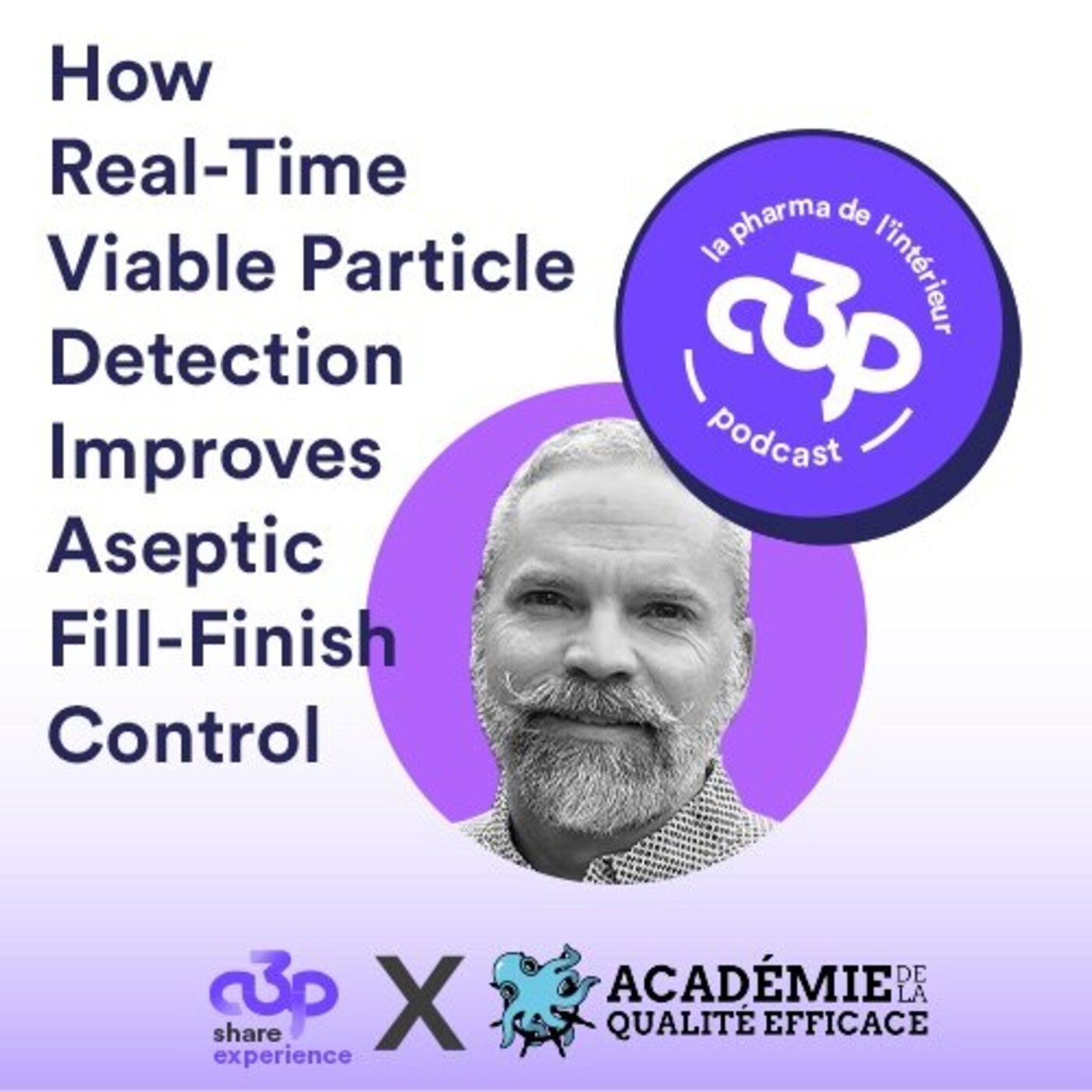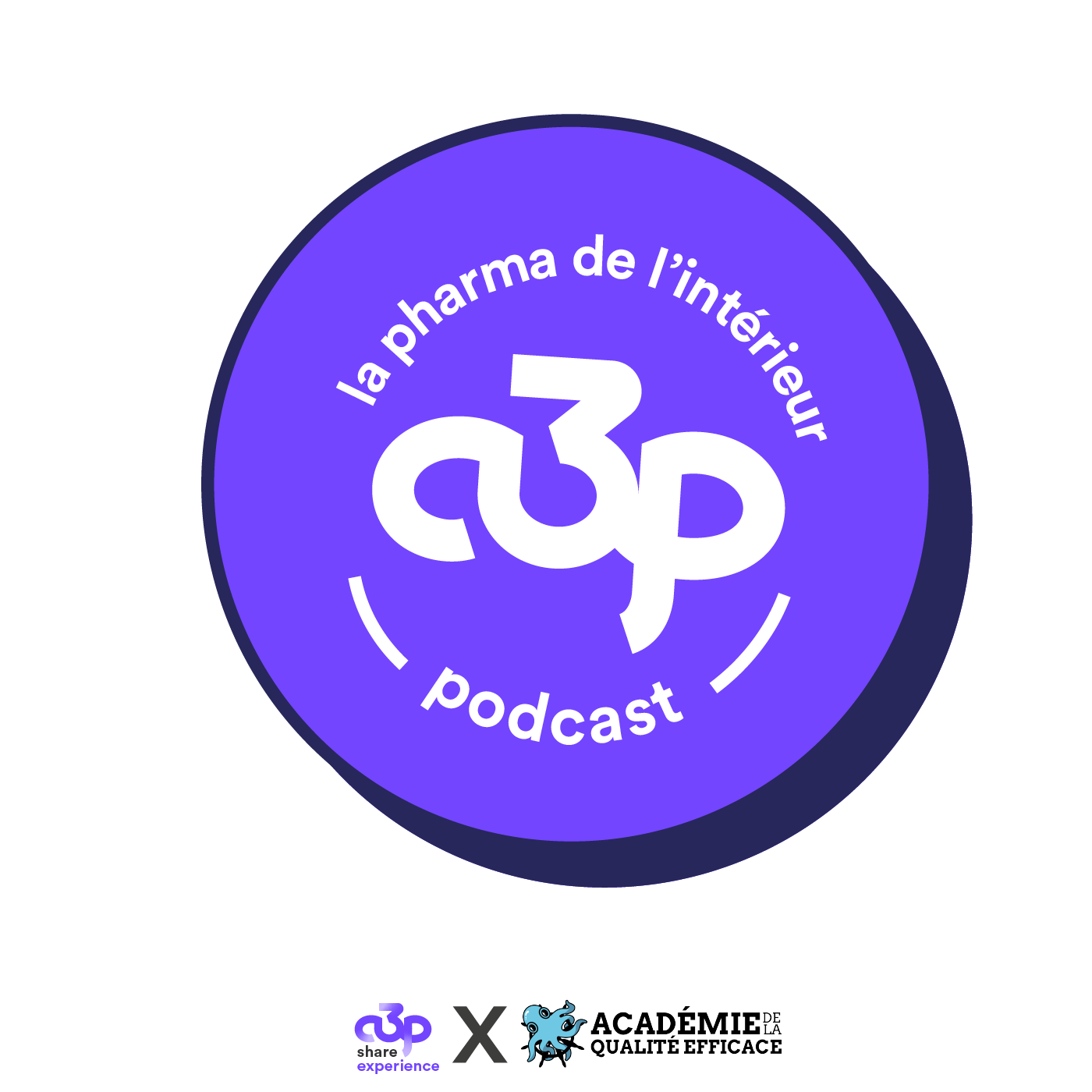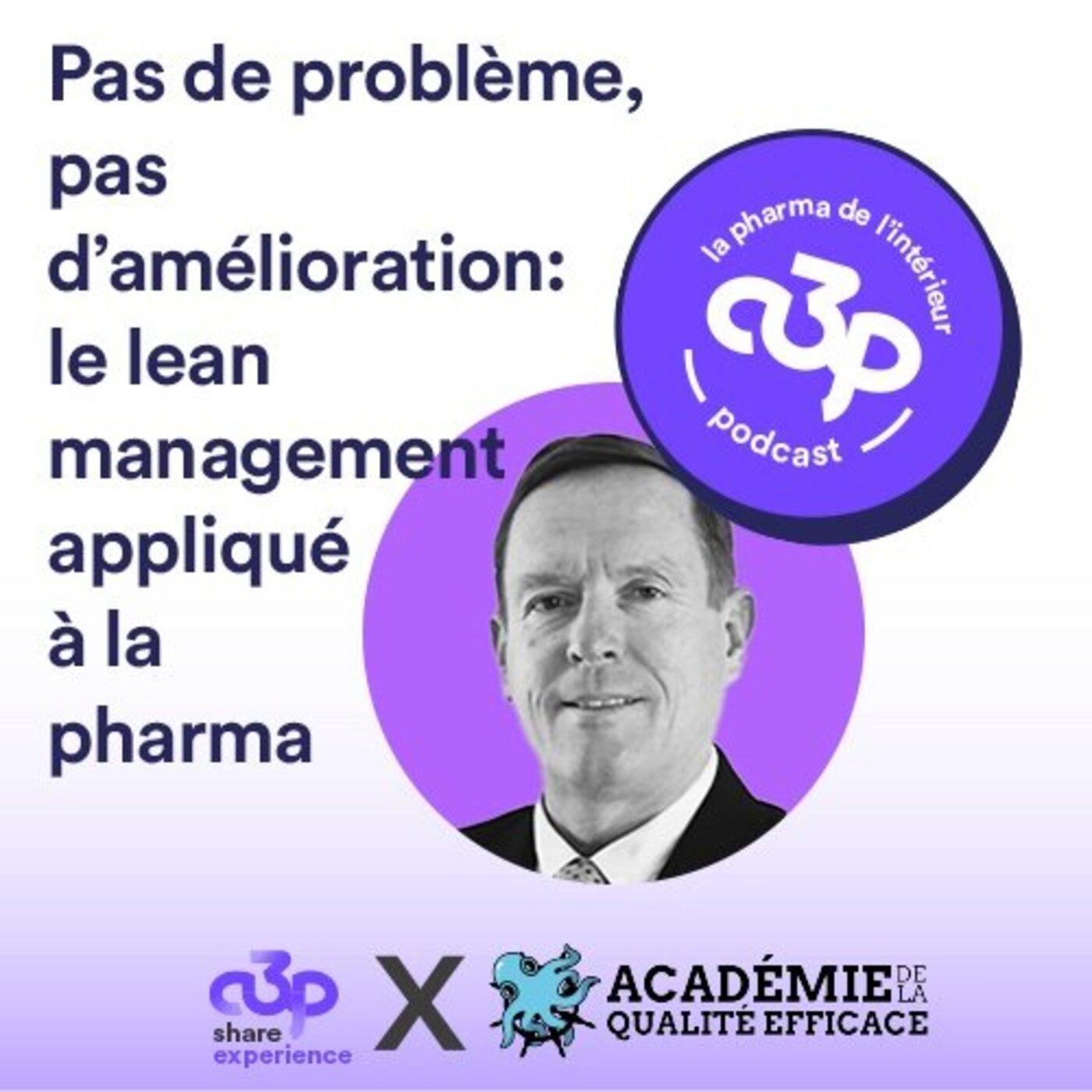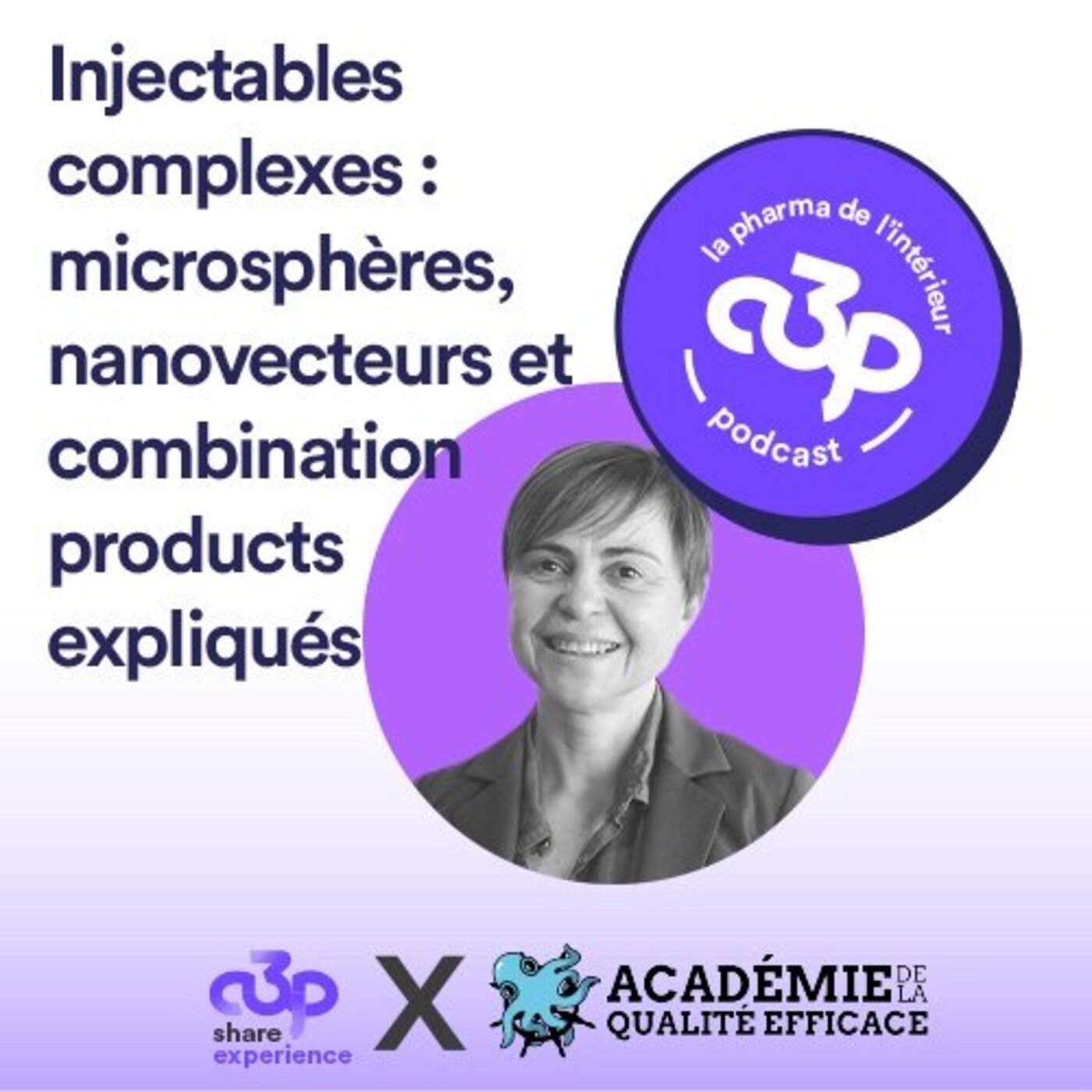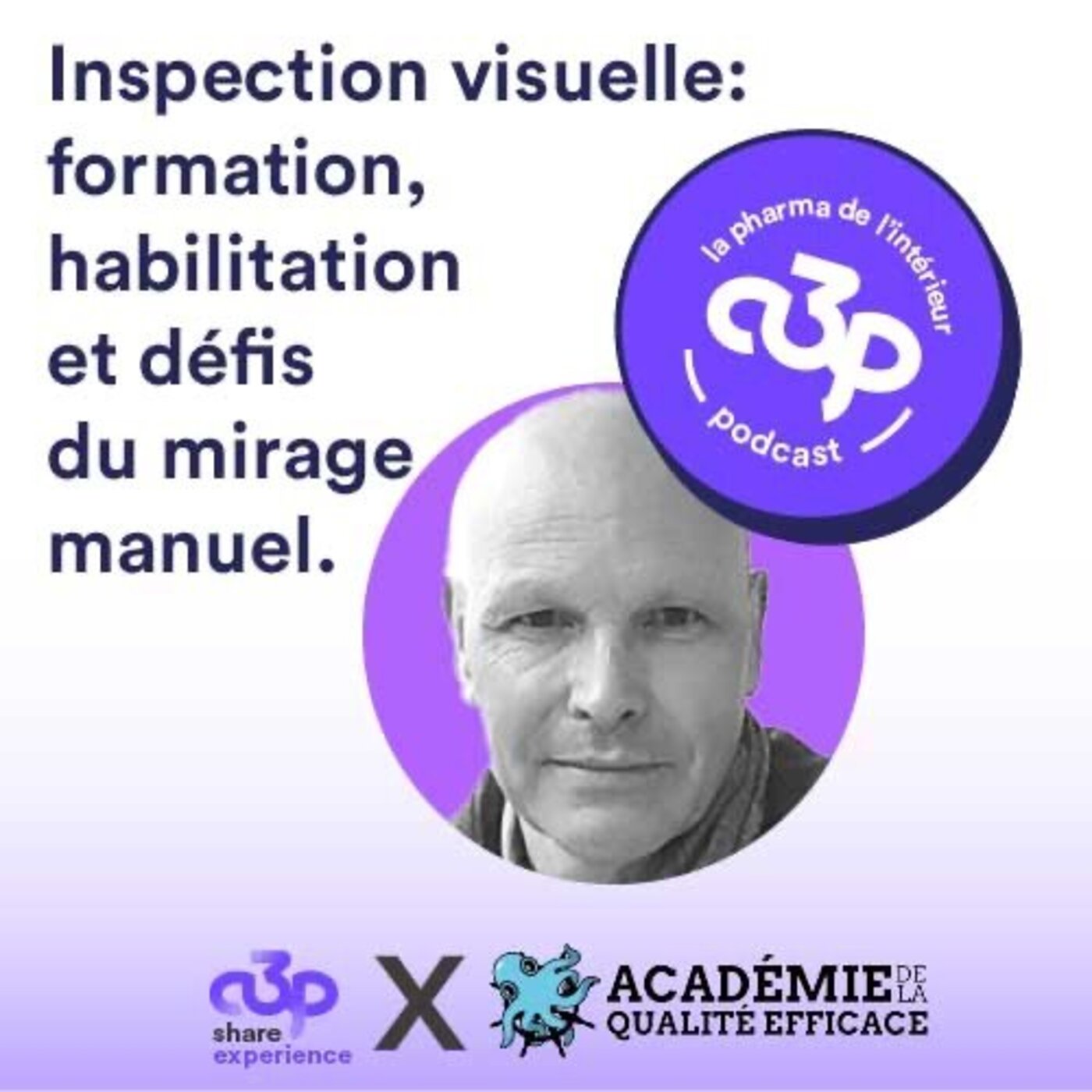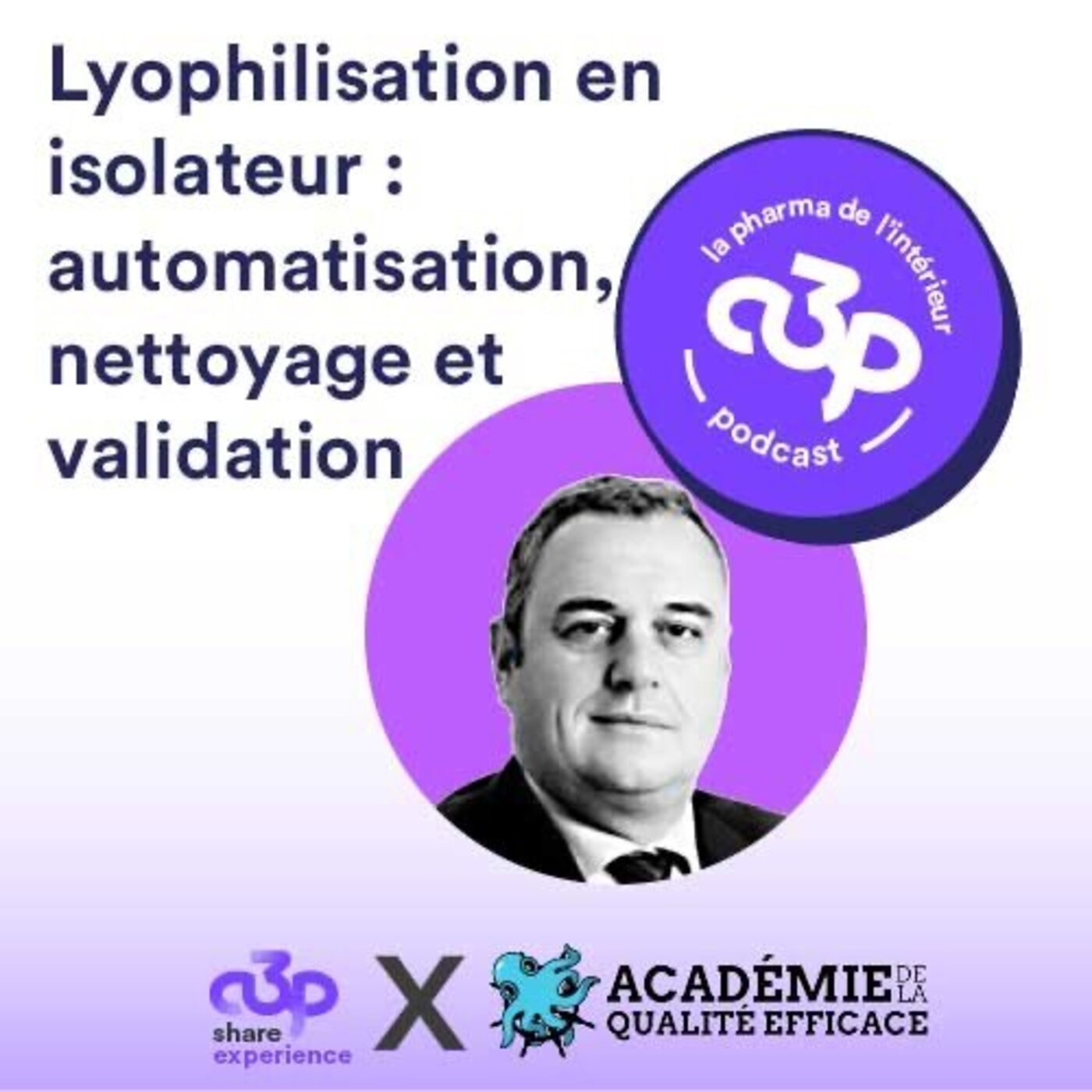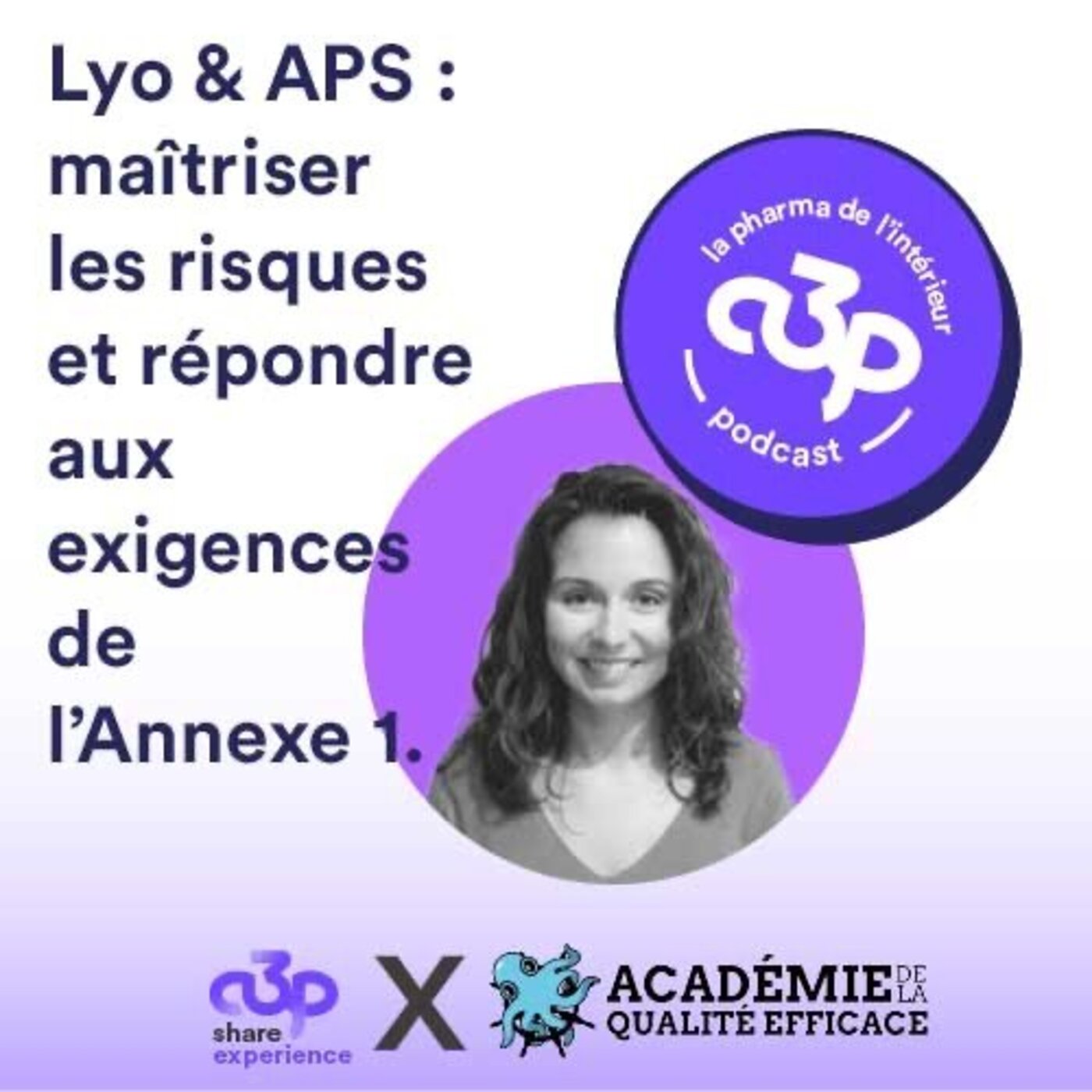🇬🇧 How Real-Time Viable Particle Detection improves Aseptic Fill-Finish Control?
Description
In this episode, Michael Dingle, Senior Product Specialist at TSI, breaks down an impactful innovations : biofluorescent particle counting.
Traditional particle counting relies on laser light scatter to detect 0.5 µm and 5 µm particles. These sizes are historically tied to instrument capability and HEPA filter penetration characteristics, and today remain required by regulation. A particle count spike does not indicate if the event is viable or not. Manufacturers still depend on settle plates and active air samplers, waiting days for incubation to know whether a contamination actually occurred. This is where biofluorescent particle counting changes everything. Michael explains how this technology detects fluorescence emitted by metabolic molecules inside viable cells when excited by a specific laser wavelength. By analyzing scatter and fluorescence simultaneously, the instrument classifies particles as viable or non-viable in real time, giving manufacturers true process control during aseptic filling.
Key insights from the episode:
- How traditional particle counters work and why 0.5 and 5 µm remain regulatory requirements?
- Why viable particles tend to be larger (clumps, skin flakes, cellular debris)?
- How it works : fluorescence detection at 405 nm with algorithms combining multiple measurements?
- How it reduced impact of false alarms? A particle spike doesn’t automatically imply viable contamination.
This technology represents a major leap in environmental monitoring, enabling real-time viable detection, faster root-cause analysis, and more efficient aseptic batch management.

